Credit Line on UPI: A New Opportunity for Issuer Banks
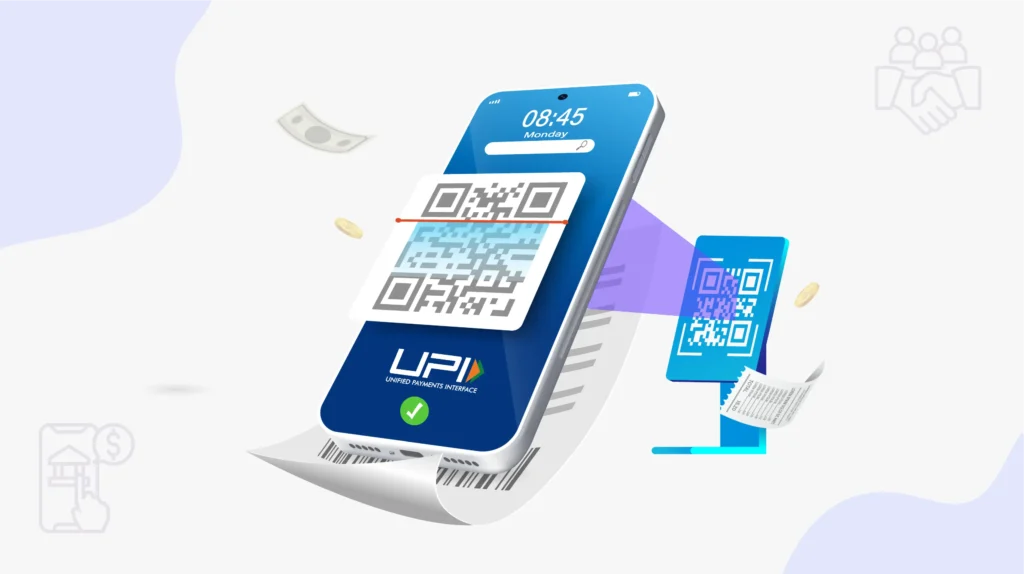
Home / Blogs Table of contents What is Credit Line on UPI? Key Features Benefits for Banks Challenges for Banks Strategic Importance for Issuer Banks Conclusion The Unified Payments Interface (UPI) has transformed India’s digital payments landscape, and the introduction of Credit Line on UPI brings an exciting opportunity for banks to offer credit directly […]
The Future of Credit Card Transactions in India: Embracing the Contactless Revolution

Home / Blogs Table of contents The Benefits of Contactless Payments The Future Outlook Conclusion As India advances in its digital transformation journey, the payments landscape is rapidly evolving. Over the past decade, driven by smartphones and government initiatives like Digital India, the financial ecosystem has seen significant shifts. One of the most notable changes […]
Data Privacy in Fintech: Balancing Innovation with Consumer Protection in the Indian Market

Home / Blogs Table of contents The Significance of Data Privacy in Indian Fintech Challenges in Prioritising Data Privacy While Fostering Innovation Strategies for Prioritising Data Privacy at CARD91 The Role of Government and Regulatory Bodies Conclusion In a world that has moved to the internet and the mobile, data privacy is paramount. This is […]
Revolutionising Credit Offerings Through Credit Line on UPI
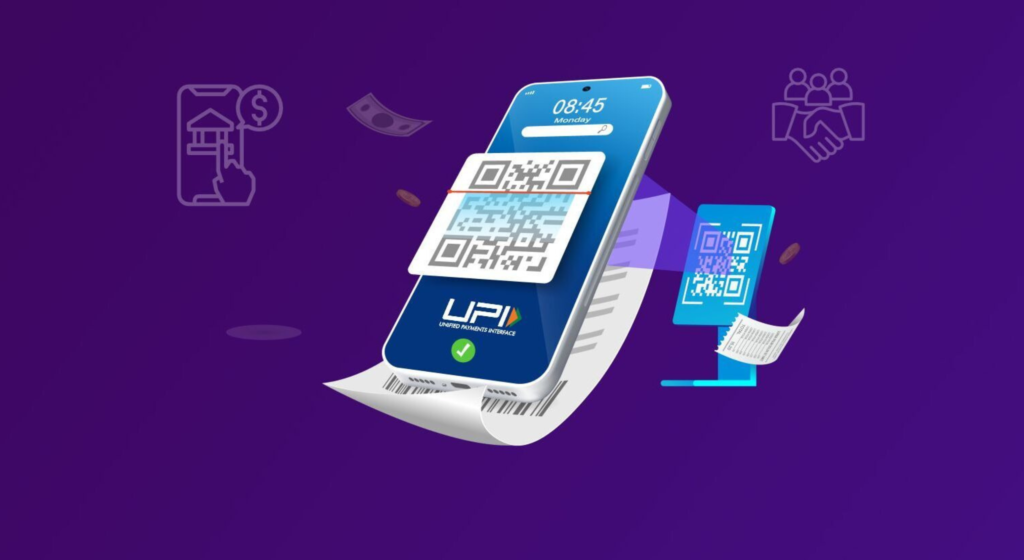
Home / Blogs Table of contents Introduction For the banks.. Our Credit Line Management System What’s more Going live in 3 simple steps! Conclusion UPI has emerged as India’s preferred payment method, constituting >75%* of the nation’s digital payment by volume. So far, UPI transactions were supported by various funding accounts like savings accounts, overdraft […]
Design Thinking in Credit Card Stack Development: Creating User-Centric Experiences
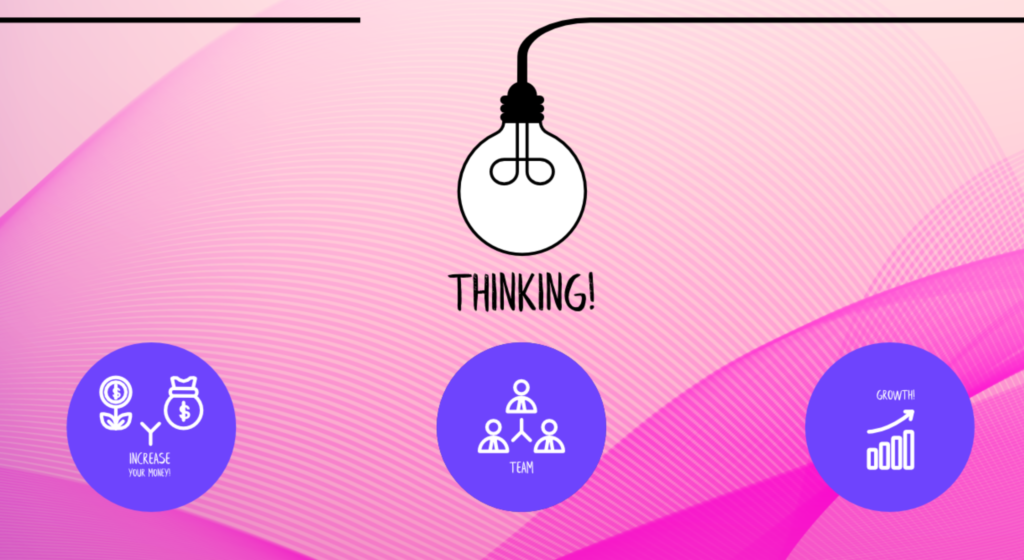
Home / Blogs Table of contents Introduction 1. Empowering Credit Card Issuance 2. Modular Flexibility 3. Highly Configurable 4. Delivering a Fintech-Like User Experience 5. Rapid Implementation and Seamless Integration 6. Rule-Based Operations: Ensuring Compliance and Personalisation 7. Leveraging ML/AI for Real-Time Actions 8. Future Compatibility and Innovation Conclusion In today’s rapidly […]
Revolutionising Transit within India: Pure NCMC Cards for Effortless Mobility
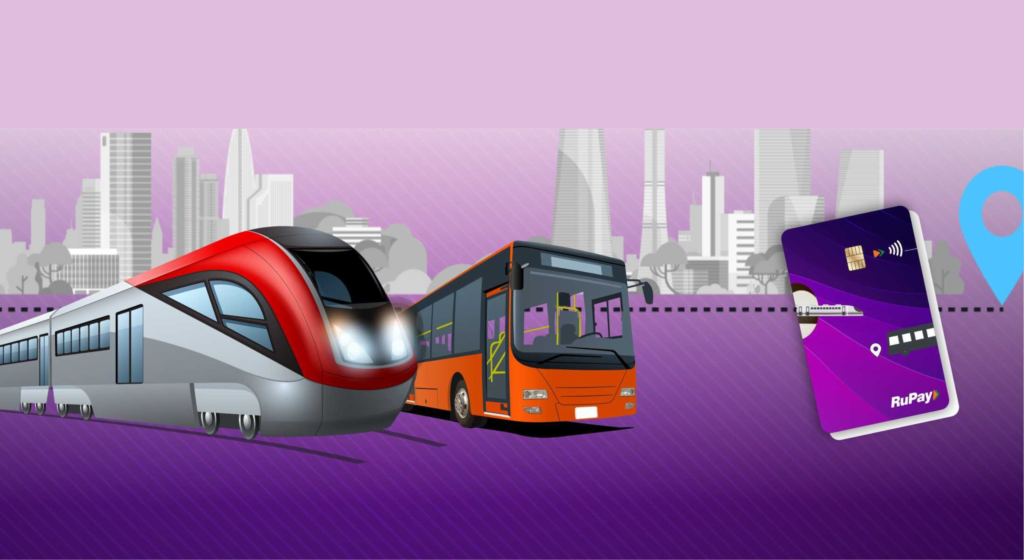
Home / Blogs Table of contents Introduction Streamlining Travel Payments with Stand-alone NCMC Cards Effortless Payment Process with Pure NCMC Cards Transforming Travel with Pure NCMC Cards In India, where millions rely on public transportation for their daily commute, the introduction of the Pure National Common Mobility Card (NCMC) is a game-changer. The Pure NCMC […]
Enhancing Security and Transparency: A Comprehensive Guide to Issuer-Led Tokenisation

Home / Blogs Table of contents Introduction Understanding Issuer-Led Tokenisation Process of Issuer-Led Tokenisation Significance of Issuer-Led Tokenisation Issuer-led Vs Acquirer-led tokenisation Conclusion In today’s digital era, the security of financial transactions is of utmost importance. With the rising prevalence of cyber threats and data breaches, it’s crucial for financial institutions to adopt robust […]
CARD91 introduces Optimus – Credit Card Issuance: REDEFINED
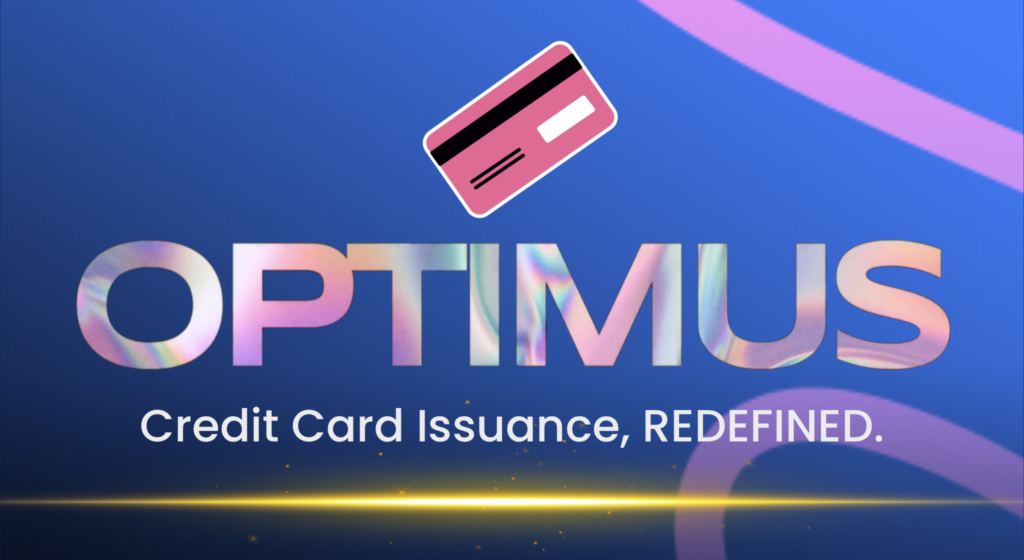
Home / Blogs Table of contents Introduction Regulatory Compliance and Modernity Configurable Credit Programs Customised Rewards Digital-First Approach Conclusion In today’s ever-evolving financial landscape, optimising credit card management processes is imperative for sustained growth and regulatory compliance. That’s why I’m excited to introduce Optimus – an advanced credit card tech stack meticulously developed by CARD91. […]
Unlocking the Power of Reward Loyalty Programs in Credit Cards: Enhancing Value-added Services

Home / Blogs Table of contents Introduction Differential Rewards Points Closed Loop EMI Program Meta Data Engine Card Holder Defined Actions In Conclusion In today’s fast-paced world, credit cards have become an integral part of our financial landscape. They offer convenience, security, and flexibility, making transactions seamless both online and offline. However, credit cards […]
New to Credit – A millennial’s wishlist from Credit Cards

Home / Blogs Table of contents Introduction Instant Card Issuance Credit Card on UPI Reward Programs for Online Shopping Low Forex Markup for International Travel Travel Rewards for International or Domestic Trips Local Lifestyle Perks Financial Management Tools Customised Offers Gamified Rewards Language and Regional Support Student-focused Features Flexible Credit Limits Green Initiatives Collaborations […]



